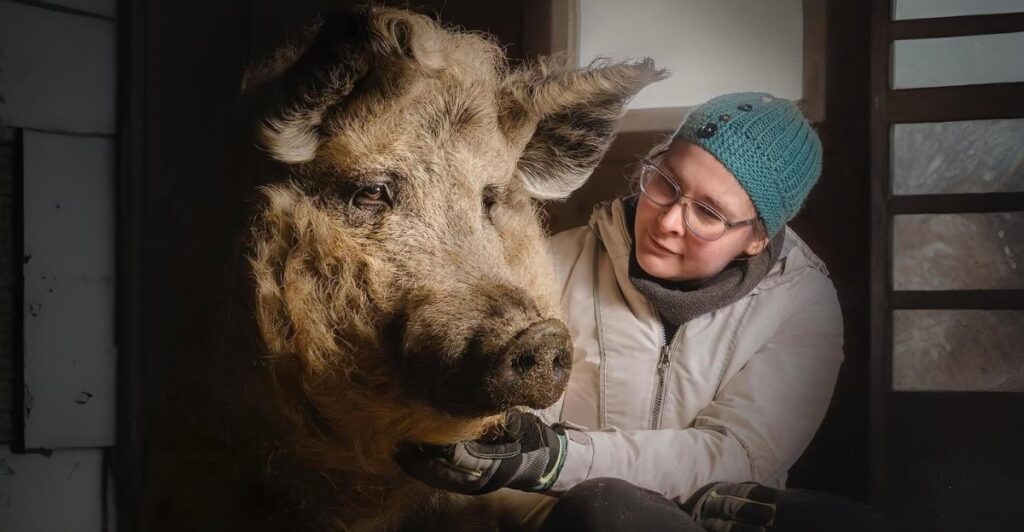
In a significant move for wildlife conservation, the Iowa Natural Heritage Foundation (INHF) and Pheasants Forever have collaborated to protect a 422-acre expanse in Madison and Clarke counties, Iowa. Named the Jim Wooley Family Tract, this area honors the legacy of Jim Wooley, a dedicated conservationist. The tract encompasses over 180 acres of woodland and 160 acres of grassland, with additional regions of hay production and riparian zones along a creek.
These diverse habitats are crucial for various species, including the Henslow’s sparrow, eastern meadowlark, and bobwhite quail. The woodlands boast native species such as bur and white oak, shagbark, and bitternut hickory, alongside spring ephemerals. Adjacent to the Heritage Hills Wildlife Management Area, which INHF previously helped the Department of Natural Resources acquire, this tract enhances a contiguous habitat corridor, bolstering regional biodiversity and ecological resilience.
Ecological Significance of the Tract
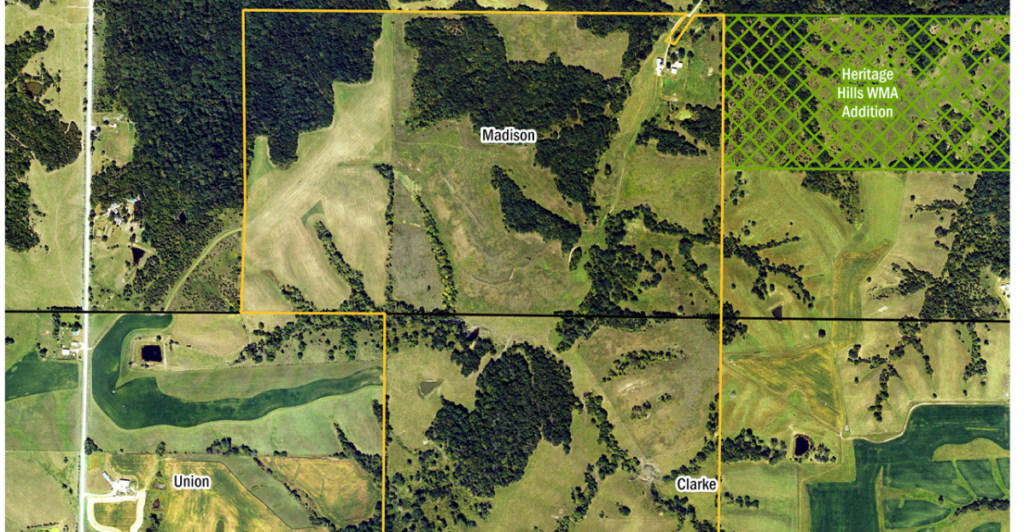
The Jim Wooley Family Tract’s ecological value lies in its diverse habitats. The grasslands, showing signs of remnant prairie, provide nesting grounds for grassland birds, while the woodlands support various native tree species and understory flora.
The riparian zones along the creek are vital for water quality and serve as corridors for wildlife movement. Protecting such areas ensures the preservation of complex ecosystems and their services, from pollination to water filtration.
Collaborative Conservation Efforts
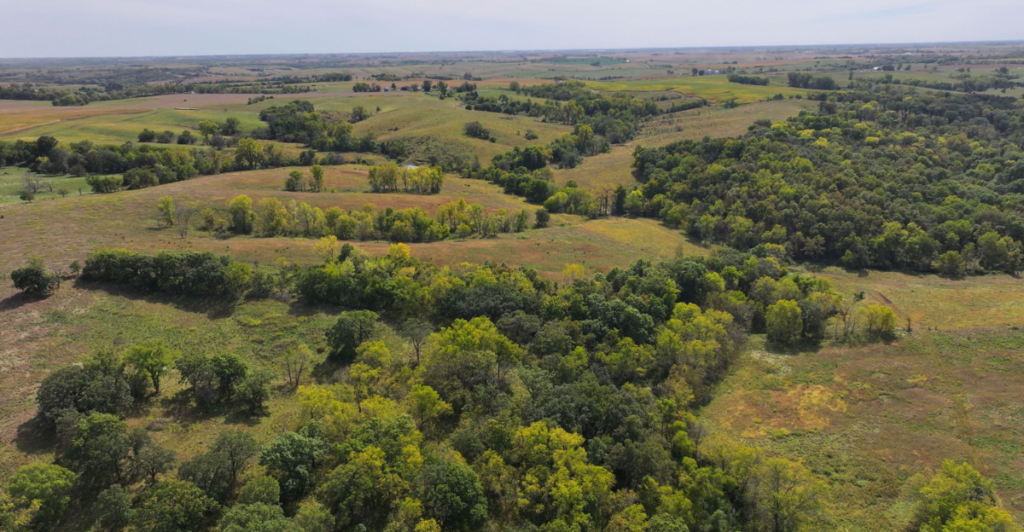
The partnership between INHF and Pheasants Forever exemplifies effective collaborative conservation. These organizations can achieve more significant conservation outcomes by pooling resources and expertise.
Such collaborations are essential in addressing the multifaceted challenges of habitat loss and species decline. Engaging local communities and stakeholders further strengthens these efforts, ensuring long-term stewardship and support.
Enhancing Biodiversity Corridors
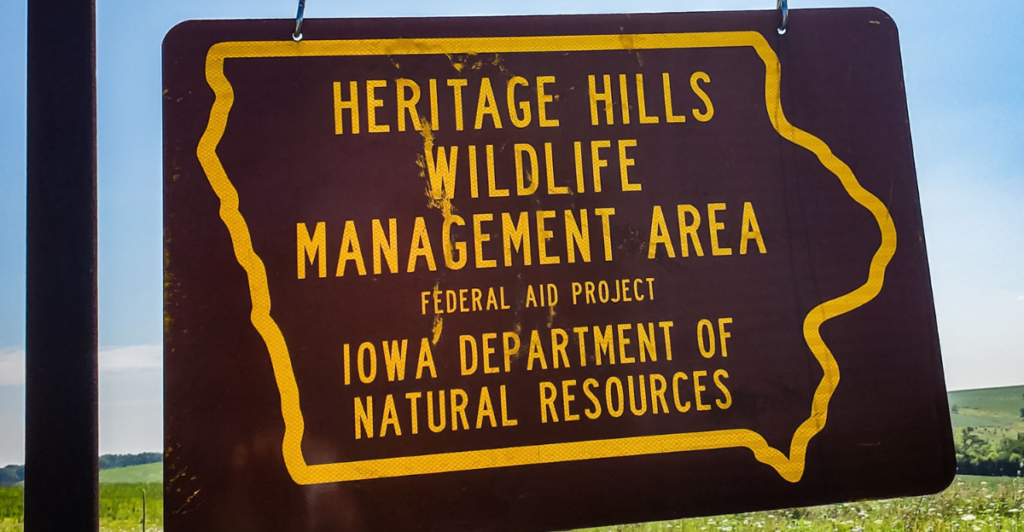
The tract’s proximity to the Heritage Hills Wildlife Management Area creates an extended habitat corridor, facilitating species movement and genetic exchange.
Such connectivity is crucial for wildlife adaptation, especially in climate change and habitat fragmentation. Continuous corridors allow species to migrate, find resources, and maintain healthy populations.
Grassland Birds and Conservation
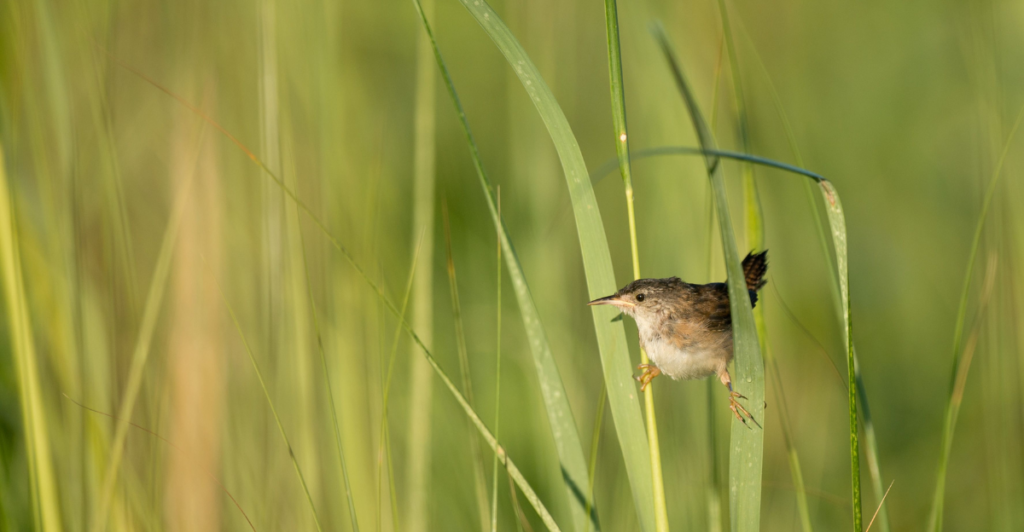
Grassland birds, like the Henslow’s sparrow and eastern meadowlark, have experienced significant population declines due to habitat loss. Protecting and restoring grassland habitats is vital for their survival.
The Jim Wooley Family Tract offers a sanctuary for these species, contributing to broader conservation goals and biodiversity preservation.
Woodland Ecosystems and Native Flora

The tract’s woodlands, dominated by native oaks and hickories, support diverse plant and animal communities. Spring ephemerals, which bloom early in the season, provide essential resources for pollinators.
Maintaining these woodlands ensures the continuation of complex ecological interactions and the services they offer.
Riparian Zones and Water Quality
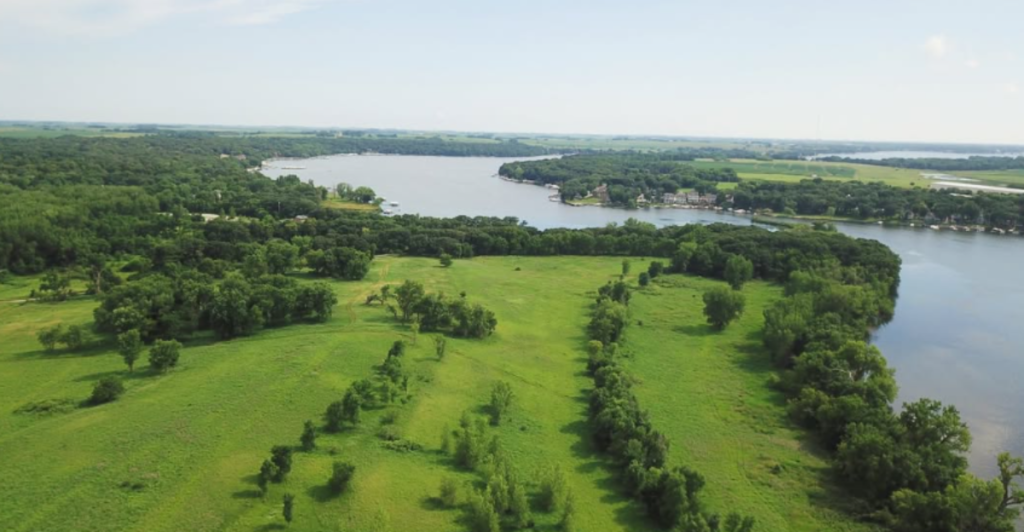
Riparian areas along the creek are critical in maintaining water quality by filtering pollutants and reducing erosion.
They also provide habitat for aquatic and semi-aquatic species. Protecting these zones ensures the health of the broader watershed and the species that depend on it.
Community Engagement and Education
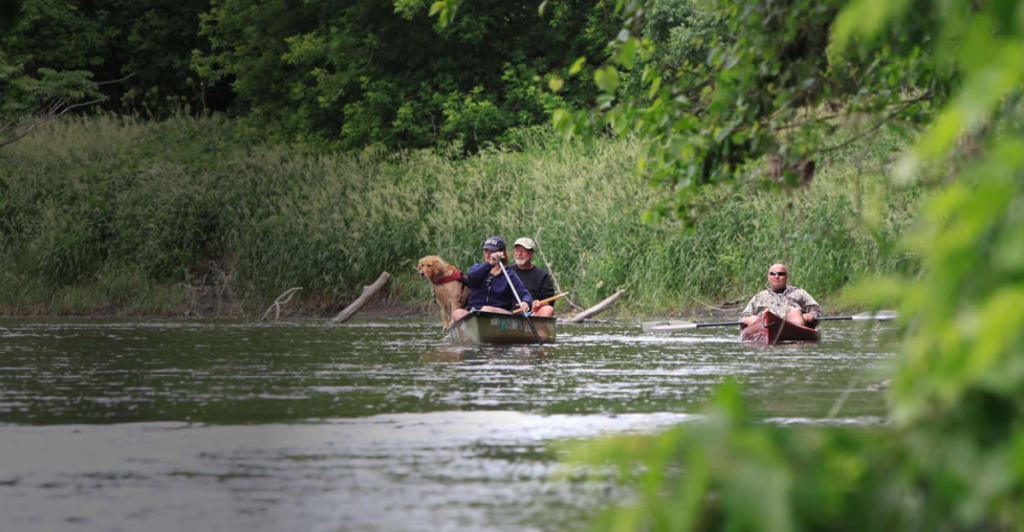
Engaging local communities in conservation efforts fosters a sense of ownership and responsibility.
Educational programs and volunteer opportunities can raise awareness about the importance of preserving natural habitats, which is crucial for the long-term success of conservation initiatives.
Long-Term Conservation Strategies

Protecting the Jim Wooley Family Tract is part of a broader strategy to conserve Iowa’s natural landscapes. Long-term plans include habitat restoration, invasive species management, and monitoring of wildlife populations.
These strategies aim to ensure the tract’s ecological integrity for future generations.
A Model for Future Conservation
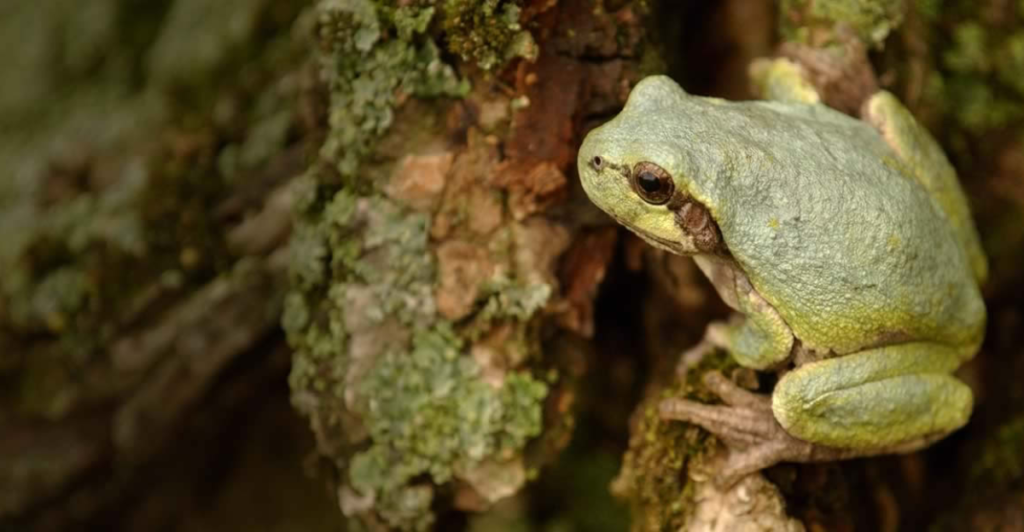
The successful protection of the Jim Wooley Family Tract serves as a model for future conservation efforts. It demonstrates the effectiveness of collaboration, community engagement, and strategic planning.
By replicating such models, other regions can work towards preserving their natural heritage and biodiversity.
Explore more of our trending stories and hit Follow to keep them coming to your feed!

Don’t miss out on more stories like this! Hit the Follow button at the top of this article to stay updated with the latest news. Share your thoughts in the comments—we’d love to hear from you!







